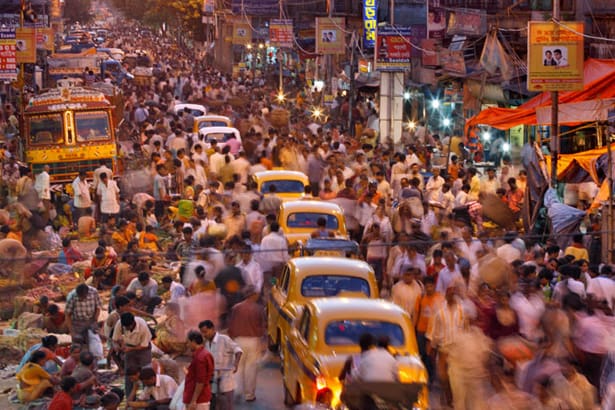
Every religious group in the country has seen its fertility fall, including the majority Hindu population and Muslim, Christian, Sikh, Buddhist, and Jain minority groups, according to a new study published by the Pew Research Center, a non-profit based in Washington DC.
According to the study, the religious composition of India’s population since Partition has remained largely stable, with both Hindus and Muslims, the two largest religious groups, showing not only a marked decline but also a convergence in fertility rates.
The average fertility rate in India today is 2.2.
Muslims still have the highest fertility rate among India’s major religious groups, followed by Hindus at 2.1. Jains have the lowest fertility rate (1.2). The general pattern is largely the same as it was in 1992, when Muslims had the highest fertility rate at 4.4, followed by Hindus at 3.3.
Among Indian Muslims, the total fertility rate has declined dramatically, from 4.4 children per woman in 1992 to 2.6 children in 2015, the most recent year for which religion data is available from India’s National Family Health Survey.
“The gaps in childbearing between India’s religious groups are generally much smaller than they used to be,” according to the study.
Out of India’s total population of 1,200 million, about 8 million did not belong to any of the six major religious groups. Within this category, mostly comprising Adivasis, the largest grouping was of Sarnas (nearly 5 million adherents), followed by Gond (1 million) and Sari Dharma (5,10,000).
The study which came as a complement to the Pew Center’s June 2021 report on religious tolerance and segregation in India, looked at the three main factors that are known to cause changes in the religious composition of populations — fertility rate, migration, and conversions.
Since the 1950s, migration has had only a modest impact on India’s religious composition, according to the study.
More than 99% of people who live in India were also born in India. Migrants leaving India outnumber immigrants three-to-one, and religious minorities are more likely than Hindus to leave.
It also casts doubt over the speculated numbers of undocumented immigrants in India, noting, “if tens of millions of Muslims from nearby countries had indeed migrated to India, demographers would expect to see evidence of such mass migration in data from their countries of origin, and this magnitude of outmigration is not apparent.”
These findings are very important in the context of the Narendra Modi government’s two widely criticised Hindu nationalist projects the Citizenship Amendment Act (CAA) and the National Register of Citizens (NRC).
Religious switching, or conversion – when an individual leaves one religion for another or stops affiliating with any religion – also appears to have had a relatively small impact on India’s overall composition, with 98% of Indian adults still identifying with the religion in which they were raised, shows the study, based on data sourced from India’s decennial census and the National Family Health Survey (NHFS).



